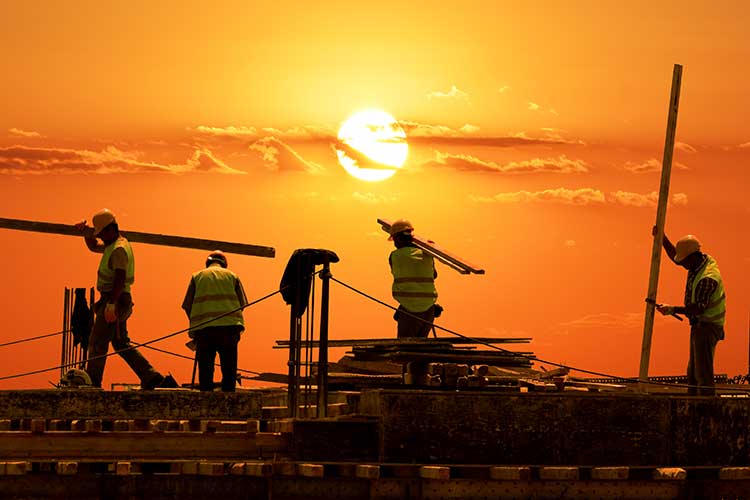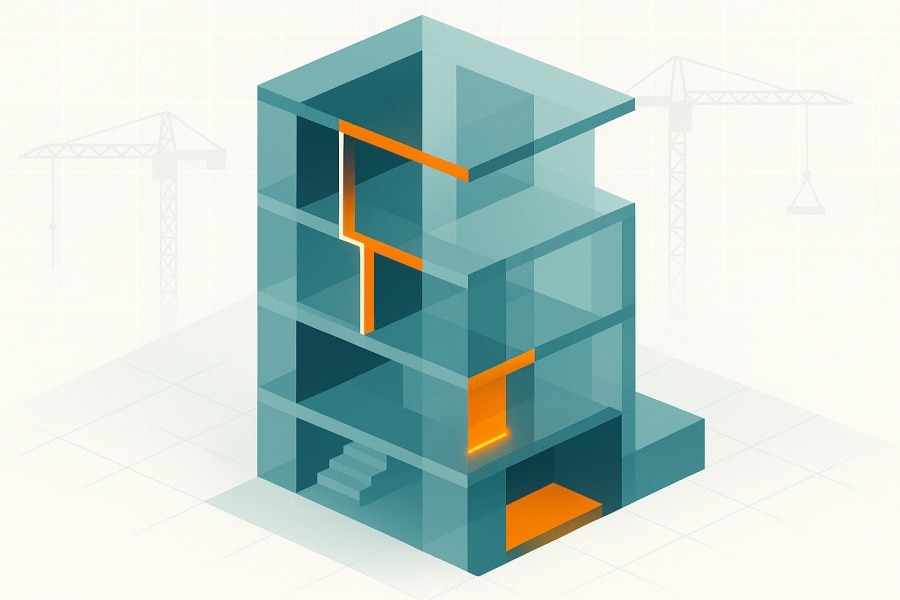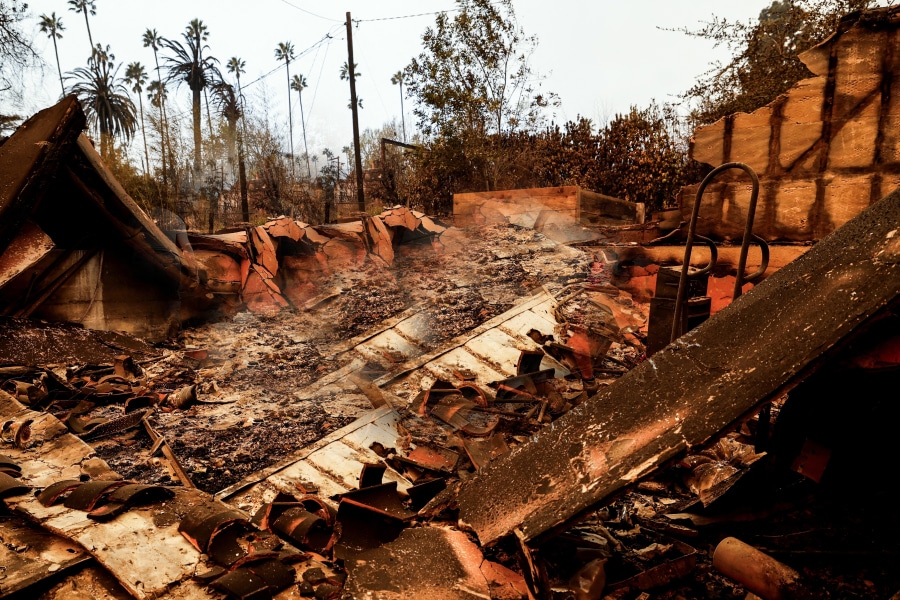Bridging the gap between drafting design ideas on paper and real-world execution has long been one of the key challenges of architectural and design education. In imagining their creations, designers are rarely trained to identify potential hazards for those tasked with building the structures they design.
This possible blind spot can lead designers to inadvertently include potential safety issues into their designs, resulting in the need for costly redesigns and unnecessarily hazardous job site conditions.
For professor Billy Hare, who lectures on construction management and health and safety at Glasgow Caledonian University’s School of Computing, Engineering and Built Environment, this is a gap that needs closing.
Inspired by his classroom experience, Hare has done extensive research to create a construction safety desktop application, the CDM Designer Tool, which is currently in its research stages.
Rise of mobile tech
More construction professionals are using smartphone technology on jobsites, according to a 2019 JBKnowledge ConTech report. What’s more, the report found that, of the different types of apps construction workers are using, those for safety management experienced the largest rise in usage in the past year.
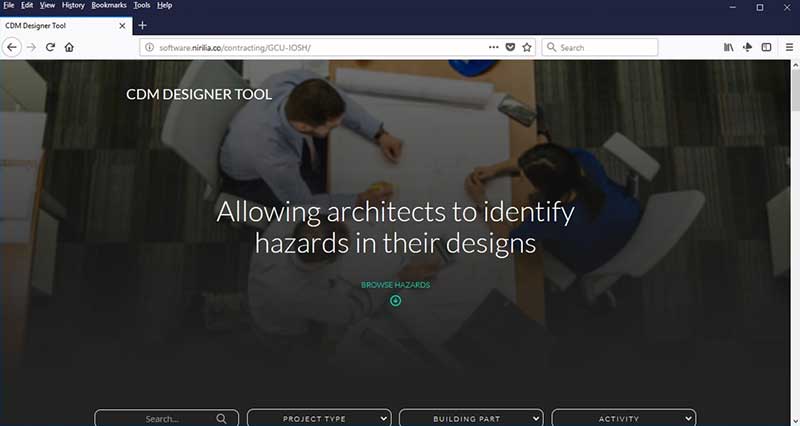
Still, while there are a bevy of safety apps geared toward construction professionals, few are intended for architects and designers.
The CDM Designer Tool, developed in collaboration with the U.K.-based Institution of Occupational Safety and Health, hopes to allow architects to identify potential hazards in their in-progress designs by using images and video of dangerous design choices categorized by project type, building part and activity.
Designers can search for specific hazards they’re concerned about or browse project categories to build their understanding of the potential hazards involved in a given project.
“I collaborated with human computer interaction academics in my computer science department to make the app user friendly,” Hare said. “The home page is a ‘visual library’ that can be searched, browsed or filtered to find hazards related to parts of a building, type of work, etc.”
“There are then alternatives to the hazards,” Hare continued, “which are created as a result of design choices displayed in a hierarchy known by the acronym ERIC via photos or links to videos. This lets designers see improved options, but the final decision is left to the designer as other factors may influence this.”
The idea of using images instead of visual descriptions came from Hare’s previous research on construction safety and communication within the jobsite.
“The use of images and photos was the result of other research I completed with migrant workers that showed the benefit of replacing text with pictorial representations,” Hare said.
Going visual
Figuring out how to best use visual resources took some time, however.
“The original concept included more video clips to replicate situations on site resulting from design decisions that impact on-site health and safety,” Hare said, “but it was easier to use photos and merely link YouTube videos.”
There were also some logistical considerations that prevented him from maximizing his use of visual resources.
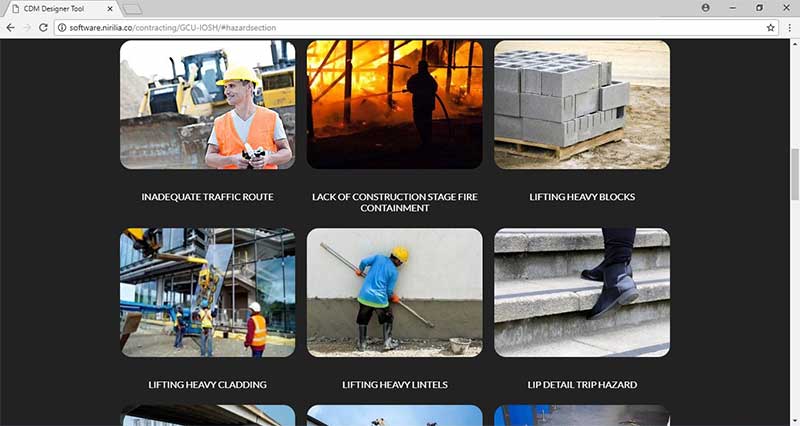
“I also wanted to visually represent parts of a building with a BIM model, but this proved to be too much to develop within the time and budget,” Hare said. “These developments could still be implemented if an industry partner had the resources to make it happen in the future.”
Somik Ghosh, an associate professor of construction science at the University of Oklahoma’s Gibb’s College of Architecture, said Hare’s research meets a very real instructional need in the industry.
“Typically, designers are not formally trained to identify hazard for the workers down the line during the design phase, and the onus of workers’ safety are on the constructors,” Ghosh said. “Research has proved that decisions made during the design phase have profound impact on workers’ safety. Thus, it is critical that the designers are trained and educated about safety and be cognizant about how their design decisions can impact safety.”
Communicate design risks
Aside from its potential uses as a teaching tool for designers in training, Hare said he hopes that his app will help smooth communication and prevent the repetition of past safety mistakes within an organization.
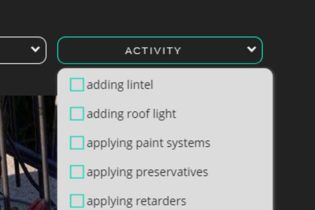
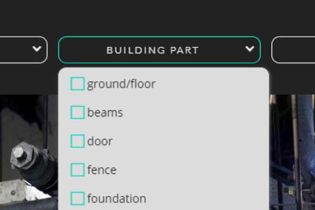
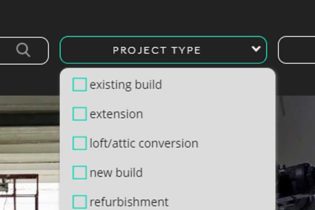
“The app serves as a vehicle to communicate design-related risks identified by contractors back to designers, as well as pass knowledge from experienced designers to new graduates,” Hare said, “preventing organizational memory loss.”
People work for an organization and pick up tacit knowledge—knowledge that leaves the organization when the employee leaves. “The result is the same accidents start to reappear 10 or 20 years later,” Hare said, “because no one in the organization remembers why things were done a certain way and change them.”
By using Hare’s app once it’s released, construction firms may have a clear visual language with which to communicate design choices.
“For the app to be of any real use, sector-specific versions—with hazards specific to each sector—need to be developed,” Hare said. “I have demonstrated the concept works, but the current app is limited in scope, as it was only developed for the research testing.”

